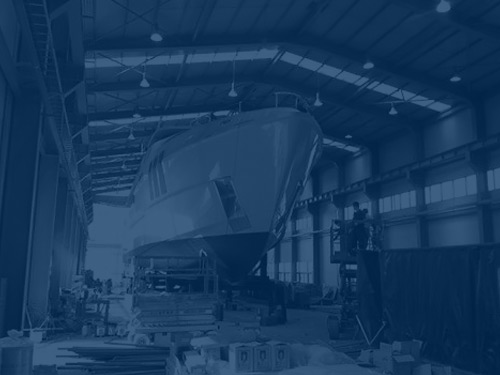Vestas is a Danish company that first began as the Hansen family Blacksmithery in 1898 in the quiet farming town of Lem in Denmark.
In 1945 Peder Hansen partnered up with a group of friends and they created the Vestas company. At this time they produced household appliances such as electric mixers and kitchen scales.
Living and working within a small farming community, the need for robust farming equipment was paramount. Peder Hansen had ambitions of Vestas becoming an international company, so in 1950 bought the worldwide patent for a milk urn cooler.
After the Hansens regained control of the company, the business went on to diversify and in 1971 built a new factory to manufacture cranes. There was a major oil and energy crisis in the early 1970s and Vestas engineer Birger Madsen began formulating ideas of how to build wind turbines to generate electricity. The first prototype was secretly built in 1978 with the first successful turbine being constructed the following year and mass production began in 1980.
The mid-1980s was a difficult time for the business, but they rebounded to become the world’s best wind turbine production company by 1997 with major projects worldwide including offshore as well as land-based wind farms.
The turbine blades are made by heating up a mixture of fibreglass or carbon fibres with epoxy resin. The composite materials created are very strong and lightweight.
The wind turbines are between 20% to 40% efficient in converting wind into electricity. Each wind turbine has a usable lifespan of around 20 years with bi-annual maintenance.
Scott Taylor and his team semi-faired and painted twenty-one 40 m turbine blades at the Camper & Nicholsons Shipyard to a high standard of finish. It was very important to get the faired shape correct to the drawings specifications to maximise their efficiency.





